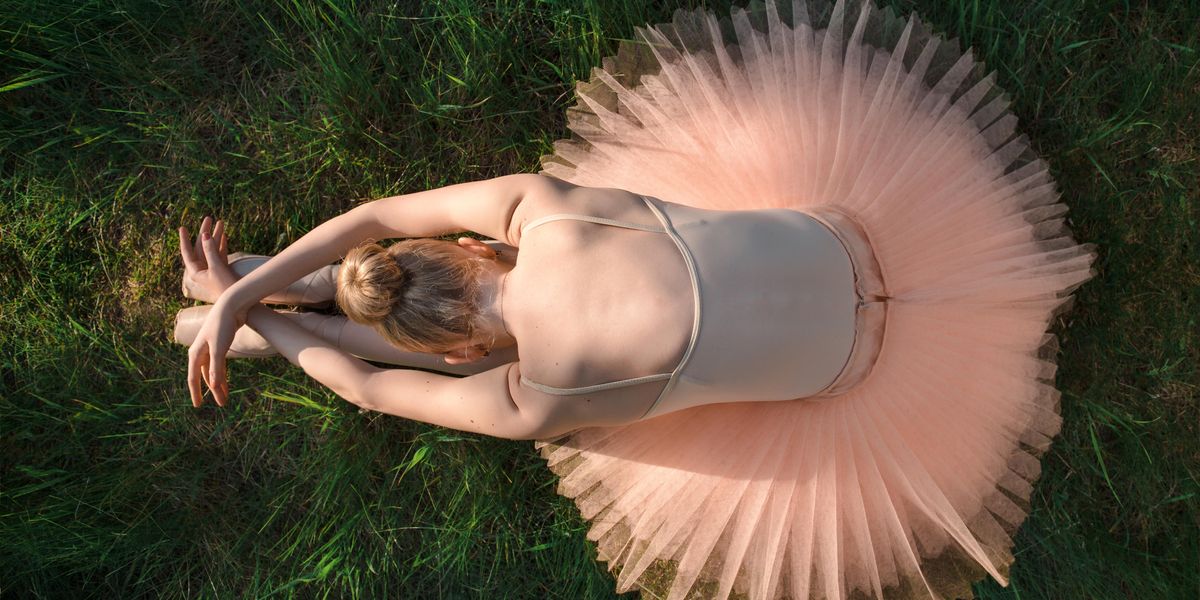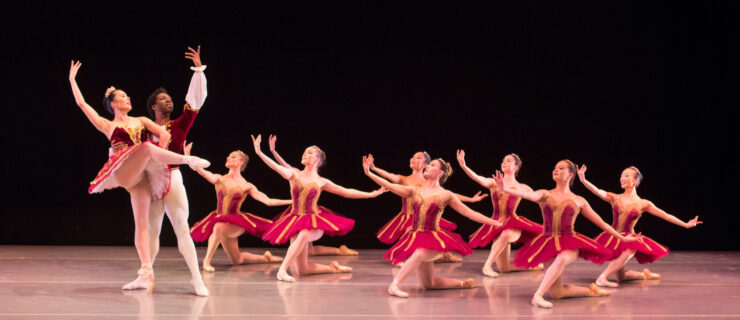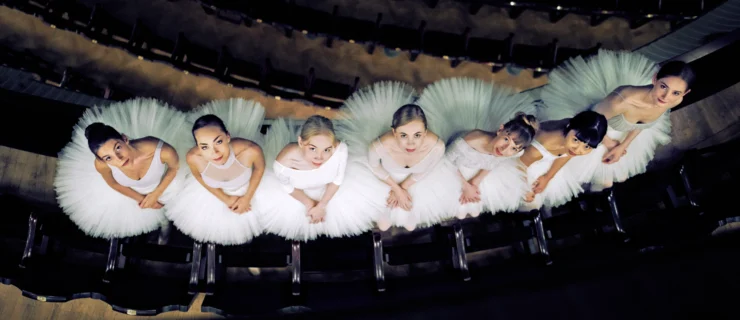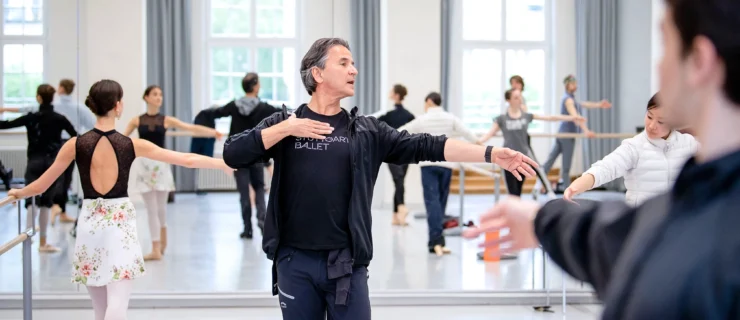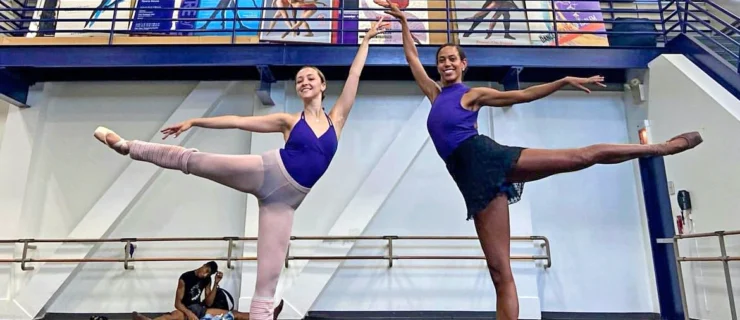Nikolaj Hubbe
If anyone had questioned Nikolaj Hübbe’s capacity to give the venerable Royal Danish Ballet a jolt of fresh energy, those doubts should have been laid to rest last March. Hübbe, who became RDB artistic director in July 2008, thrilled audiences in Copenhagen—his birthplace—with an exhilarating all-Balanchine triple bill.
The Danes know their Balanchine. New York City Ballet, where Hübbe was an acclaimed principal for 16 years, has been a frequent visitor. Historically, the RDB has danced more Balanchine than any company in Europe. Yet its interpretations of the choreographer’s ballets have sometimes been judged as too restrained, lacking the kind of in-the-moment abandon and daring that give them vitality.
Not so the RDB’s première of Balanchine’s Symphony in Three Movements. The company, including several recently hired corps members, danced with exciting, almost reckless brio. They were having a good time. So was the audience.
The RDB is known for its unique heritage of works by the great 19th-century Danish choreographer August Bournonville. But, like most large classical ballet companies, today’s RDB performs a stylistically wide-ranging repertoire—everything from full-length story ballets to hyperphysical, abstract contemporary works. Being “in the moment” is at the heart of Hübbe’s approach. A good body and sound technique are duties, not virtues. By Hübbe’s account, what really matters is a life-and-death, fire-in-the-belly passion for dance.
Apart from this uncompromising commitment, Hübbe says what he looks for in dancers is “humility and openness.” Denmark is a small country; just 5.5 million people. Although the Royal Danish Ballet School actively recruits young talent from home, it cannot match the company’s needs. The RDB must also look abroad. Today, more than 40 percent of the RDB’s 98 dancers are foreign—including a dozen from North America. Hübbe believes having dancers from abroad is healthy. “It is easy here to become too parochial,” he says. Hübbe rebelled against this tendency when he quit the RDB to dance in America.
Hübbe, 41, was smitten by dance at an early age. Despite parental misgivings, he entered the RDB school at 10. He became a company apprentice six years later and by 20 was a principal. But Hübbe sought wider horizons. Denmark’s typically Scandinavian, social democratic egalitarianism does not always jibe with ambition fueled by extraordinary talent. “Who wants to be a big fish in a small pond?” Hübbe asks reflectively.
When, in 1992, NYCB ballet master in chief Peter Martins, also a RDB alumnus, invited Hübbe to New York, he quickly took to the city like a duck to water. With his crystalline, bravura technique and iceberg-melting charisma, Hübbe became an instant star, impressively versatile, even wowing audiences with his singing in Jerome Robbins’ West Side Story Suite.
Now Hübbe has returned to his homeland, bringing with him an international perspective and a wealth of accumulated experience as a dancer, teacher and choreographer/producer. He is working on a November production of Napoli that he plans to set—with more than a hint of low-life gangsterism—in the 1950s. He’s already anticipating the objections of Bournonville traditionalists but says he’s not afraid to ruffle a few feathers.
Much as Hübbe remains loyal to the classical tradition, he also wants to explore more radical territory. German Tanztheater matriarch Pina Bausch and Sweden’s Mats Ek are on a dream list of choreographers Hübbe would like to have work with the company. To accomplish such artistic breadth, Hübbe seeks dancers willing to push themselves beyond what is comfortable and familiar.
And Hübbe is there to help. He likes that his title at the Royal Theatre is “balletmester” rather than artistic director. He has surprised many dancers by devoting so much of his time to the studio, teaching and coaching. “Dancers often wonder what their director really thinks of them,” he says. “When you’re in the studio with dancers regularly, they get to understand you through the everyday to-and-fro.”
In choosing dancers, Hübbe looks for the basics: a good, strong body, musicality and coordination. “And I’m also such an aesthetics freak. I really look for good proportions—men and women.” Then there’s the issue of motivation. Hübbe asks the question: “Why us?”
“When they audition, is it merely a job they want? Is it just another shopping day? Or is it the director, the pedagogues, perhaps our Bournonville aspect? I want to know what excites a dancer about our company.” Under Hübbe, there are plenty of answers.
Michael Crabb is dance critic of Canada’s
The National Post.
